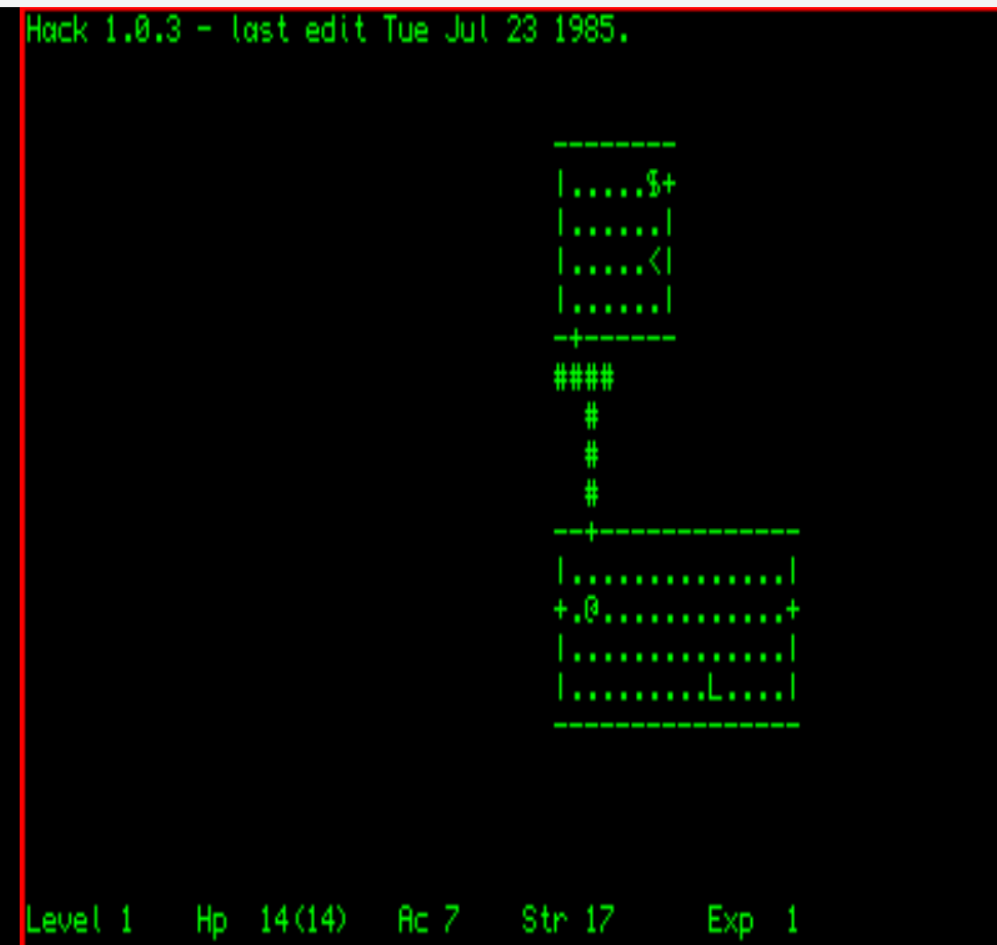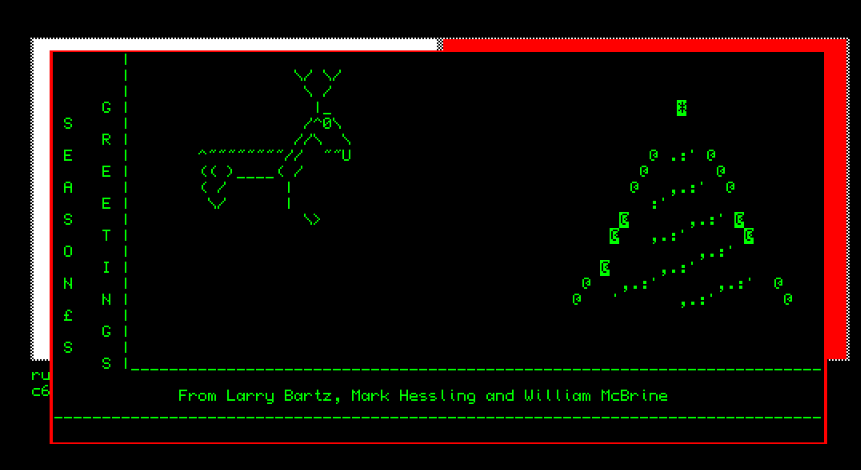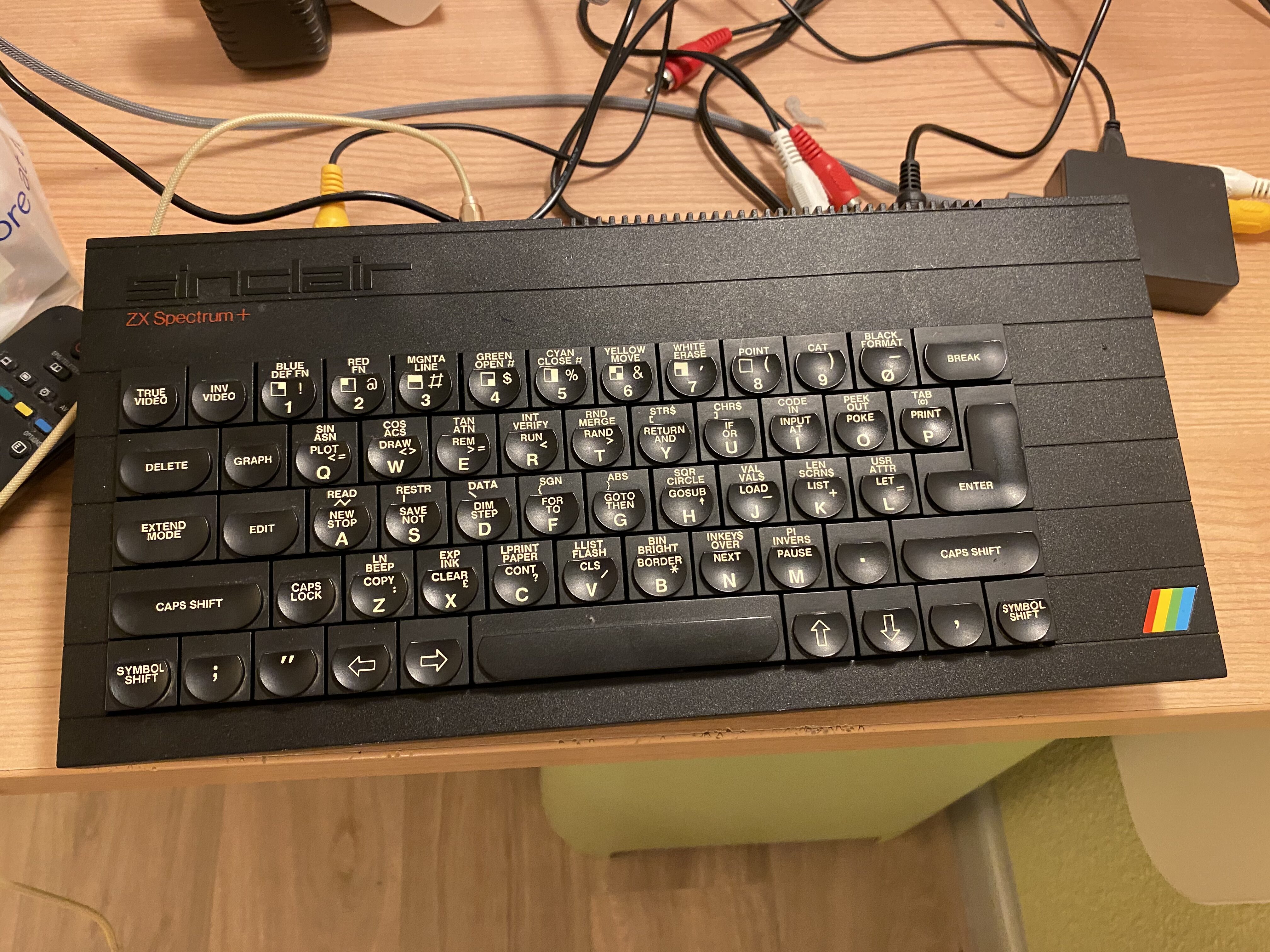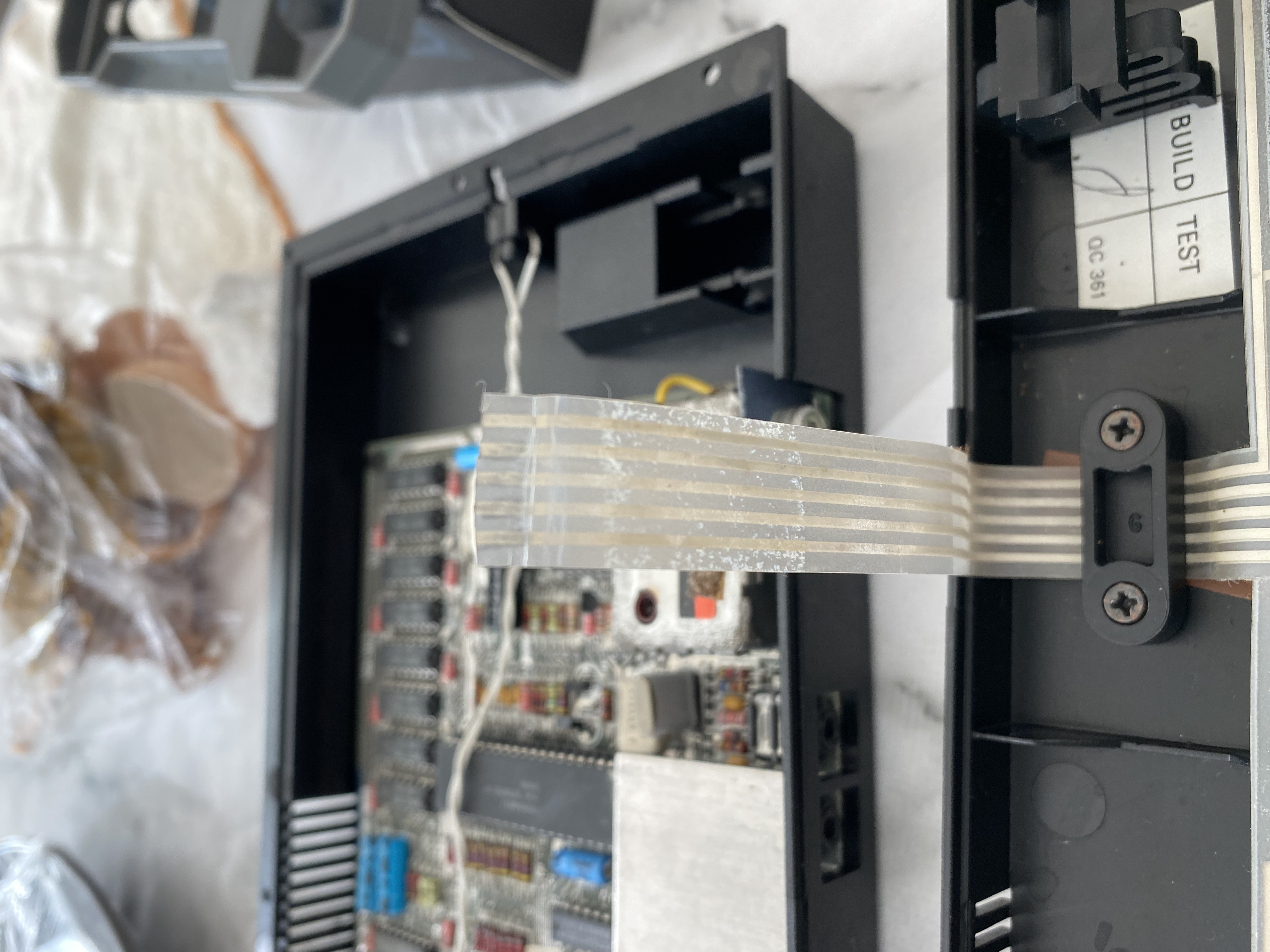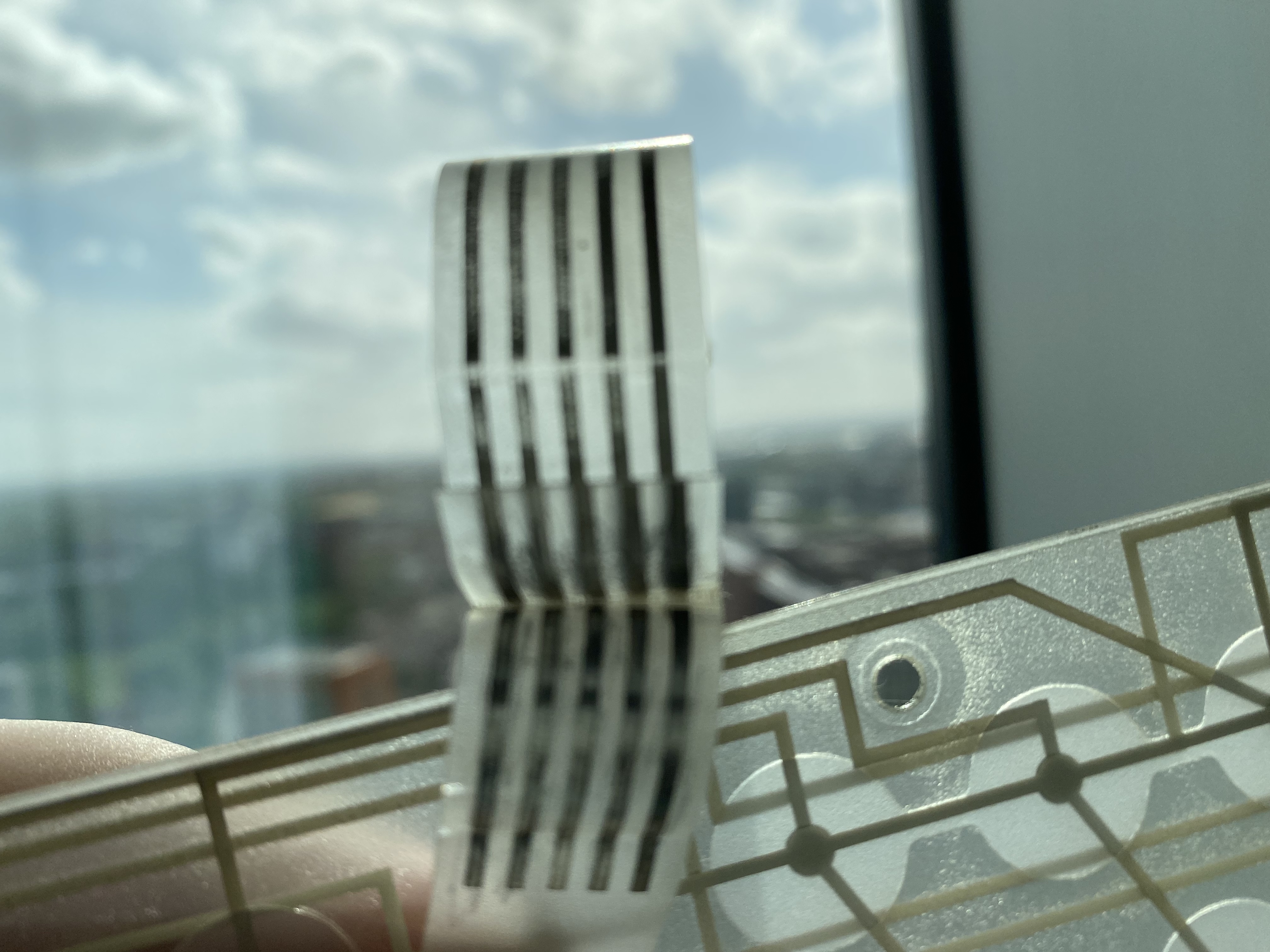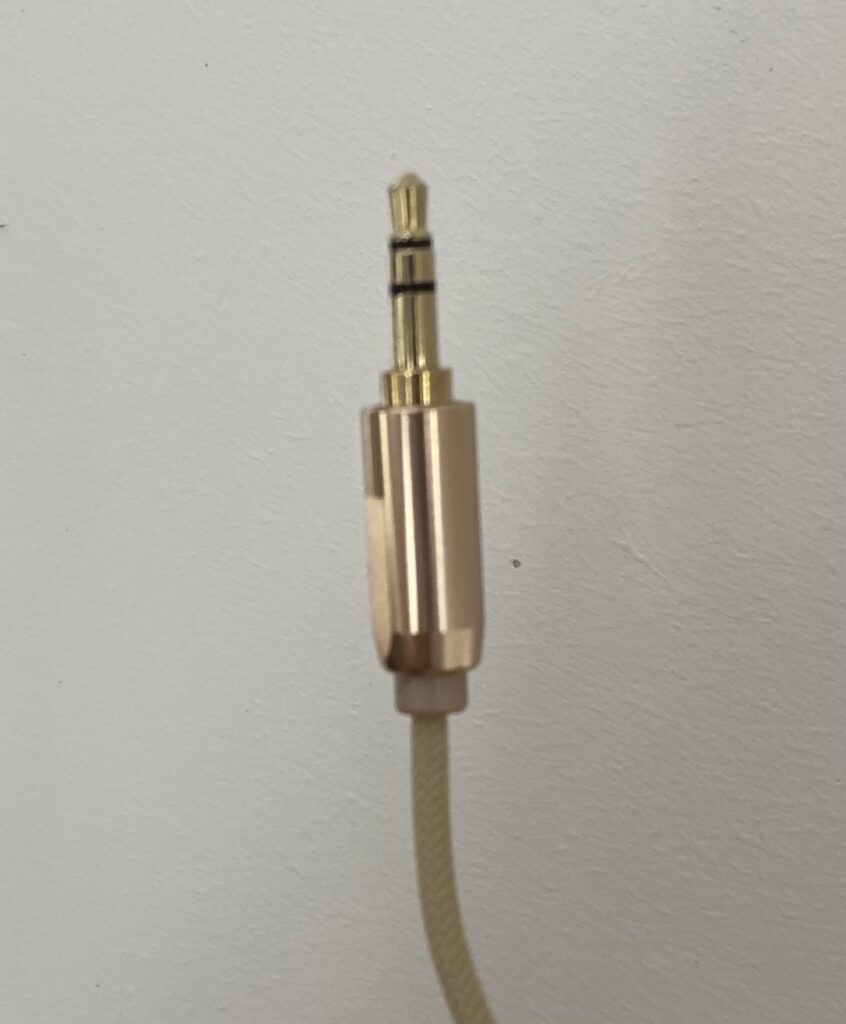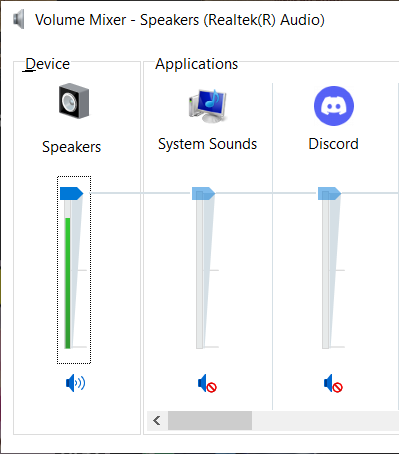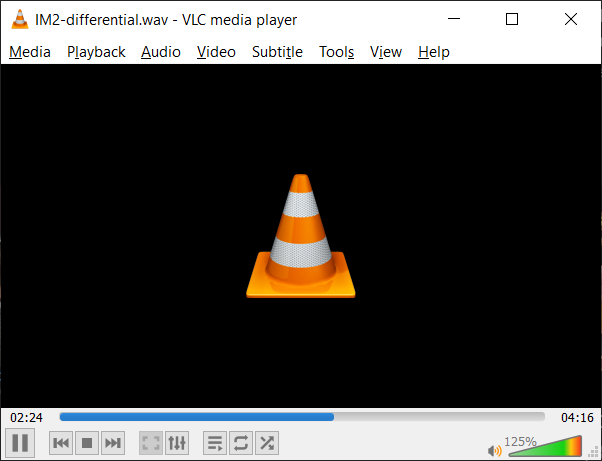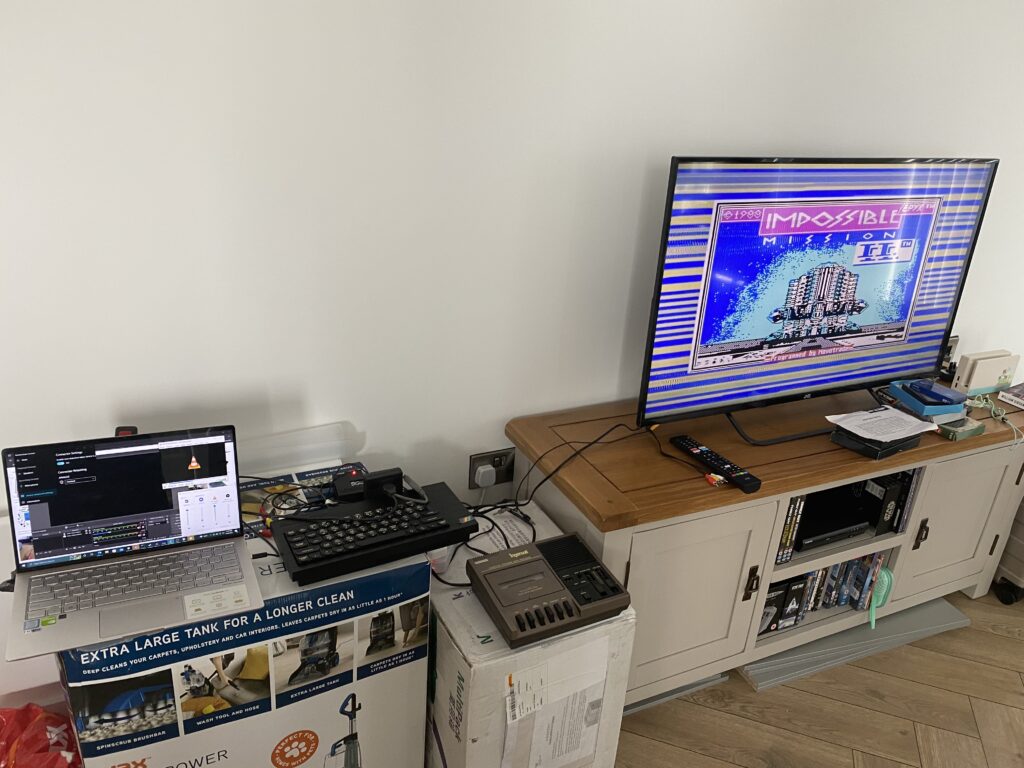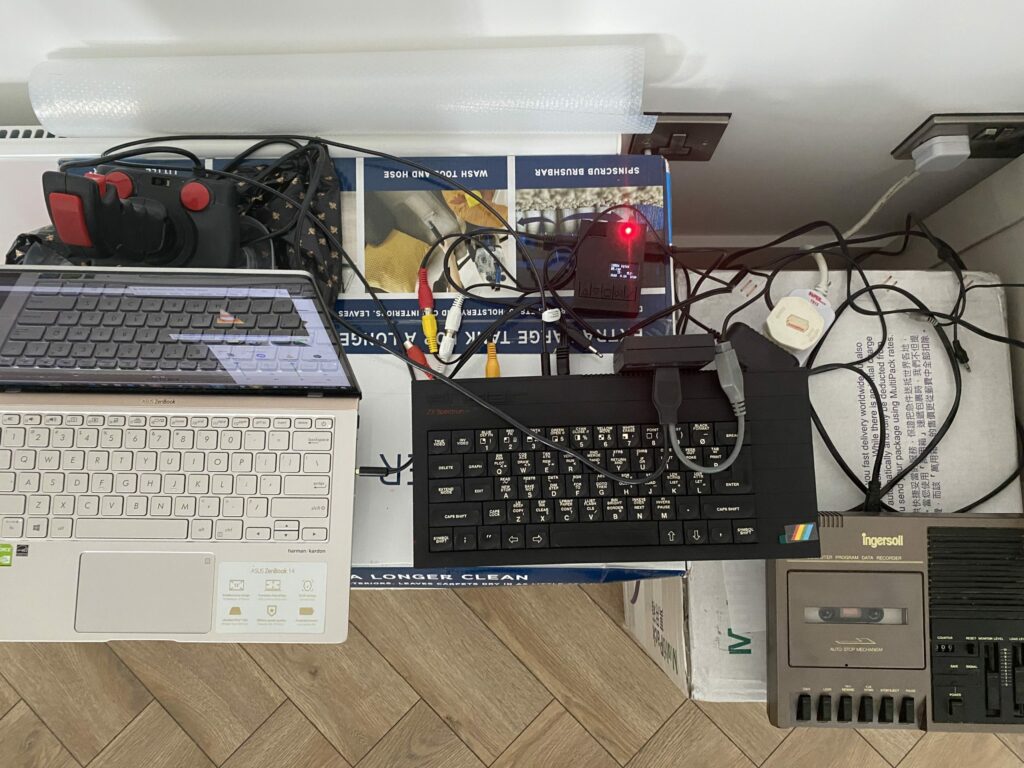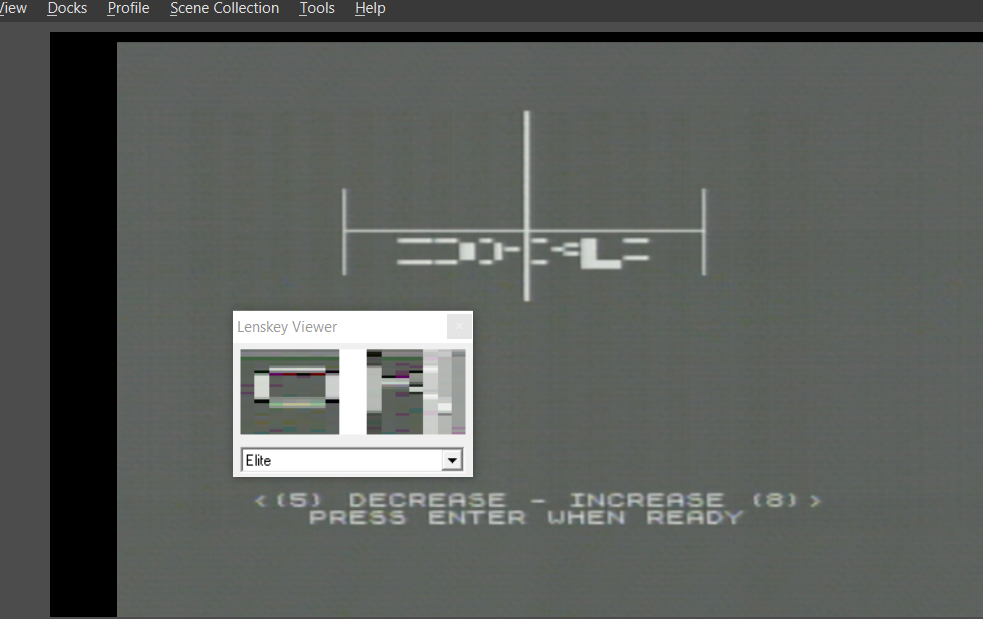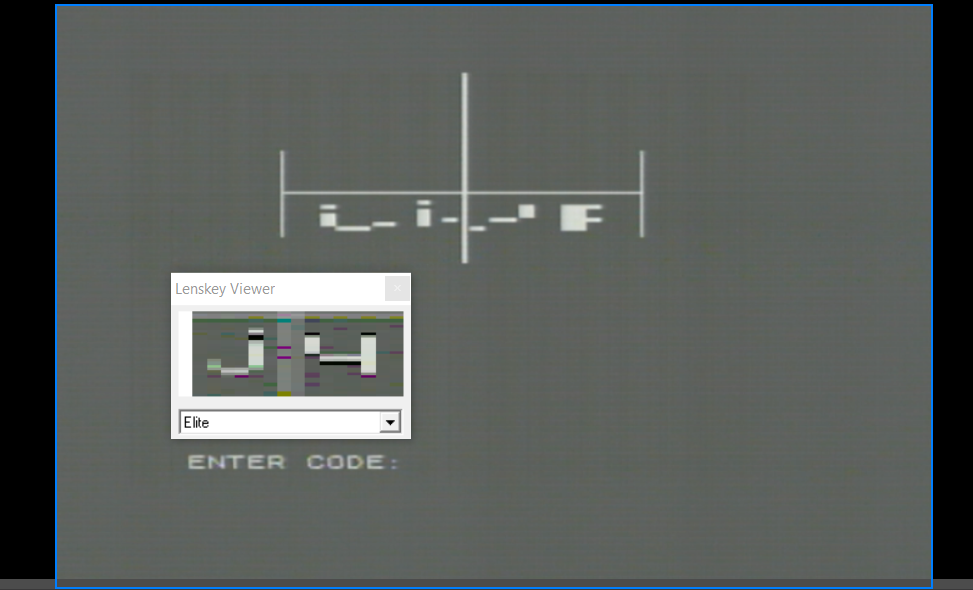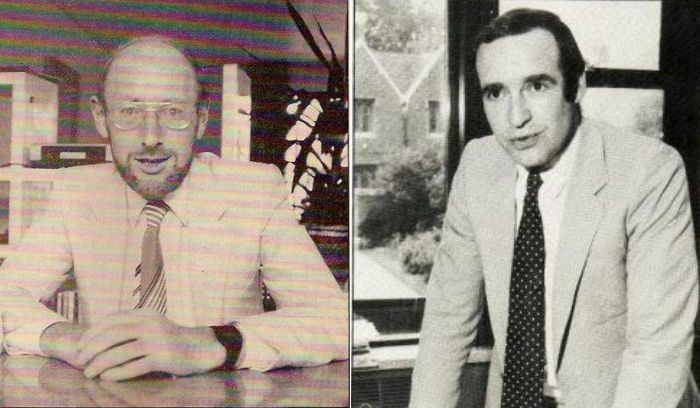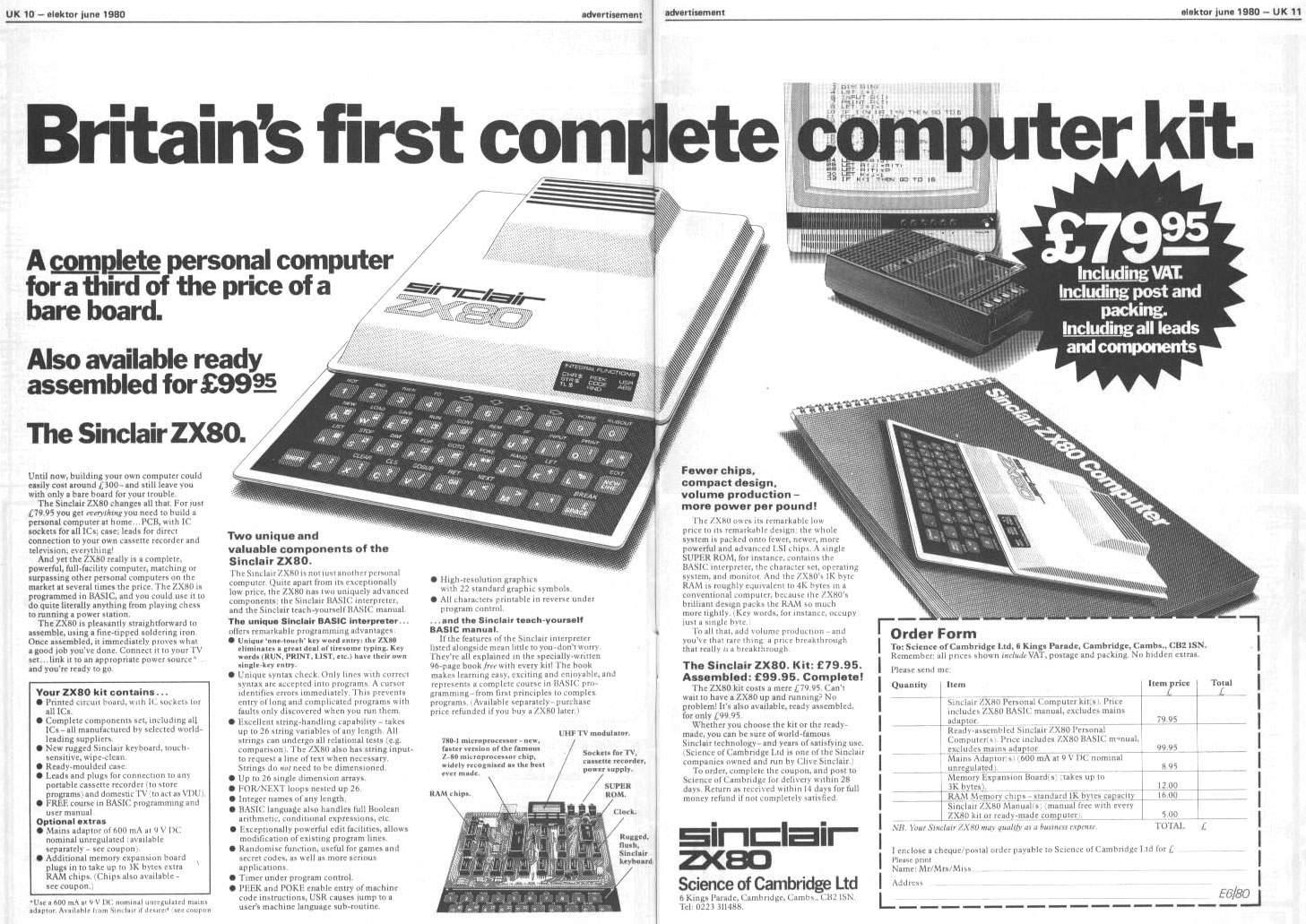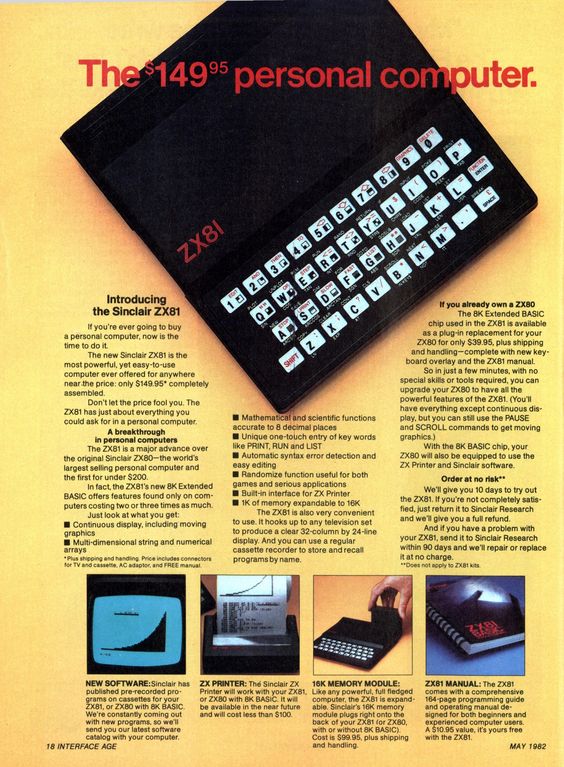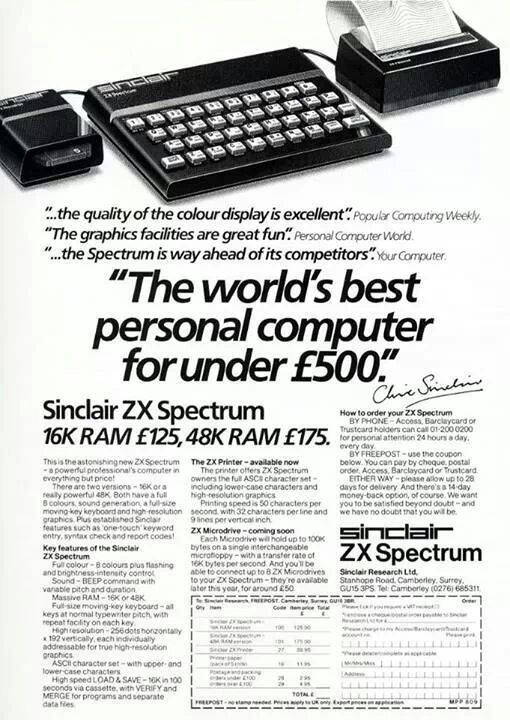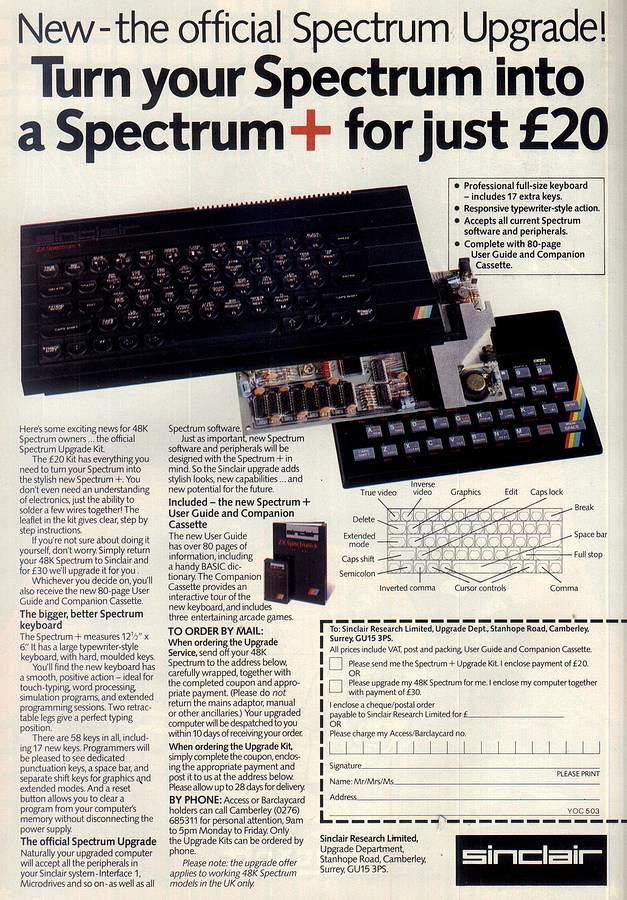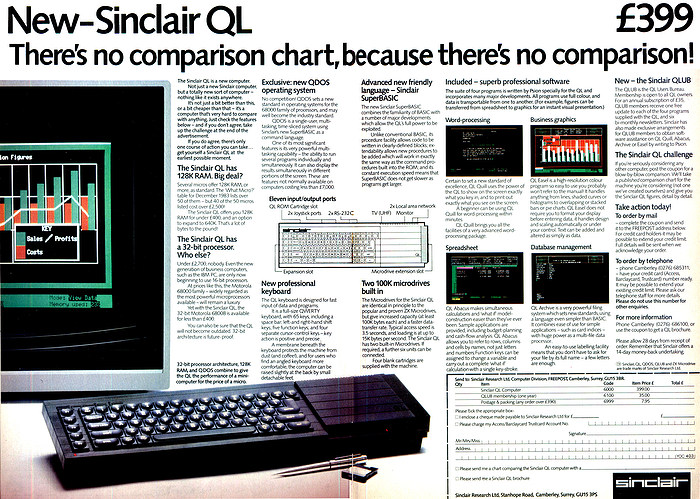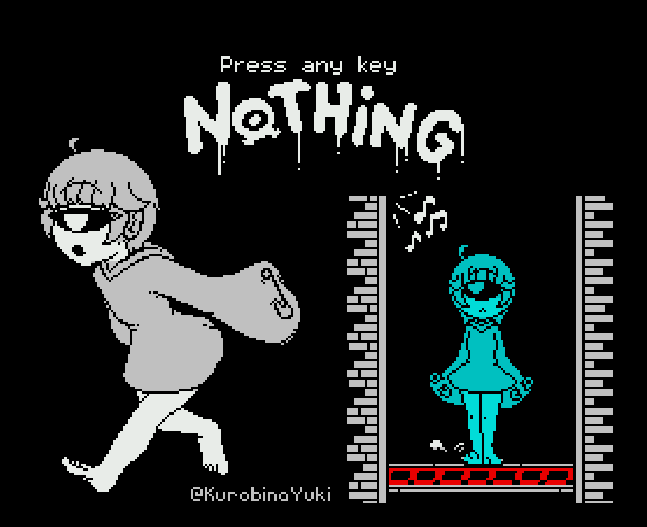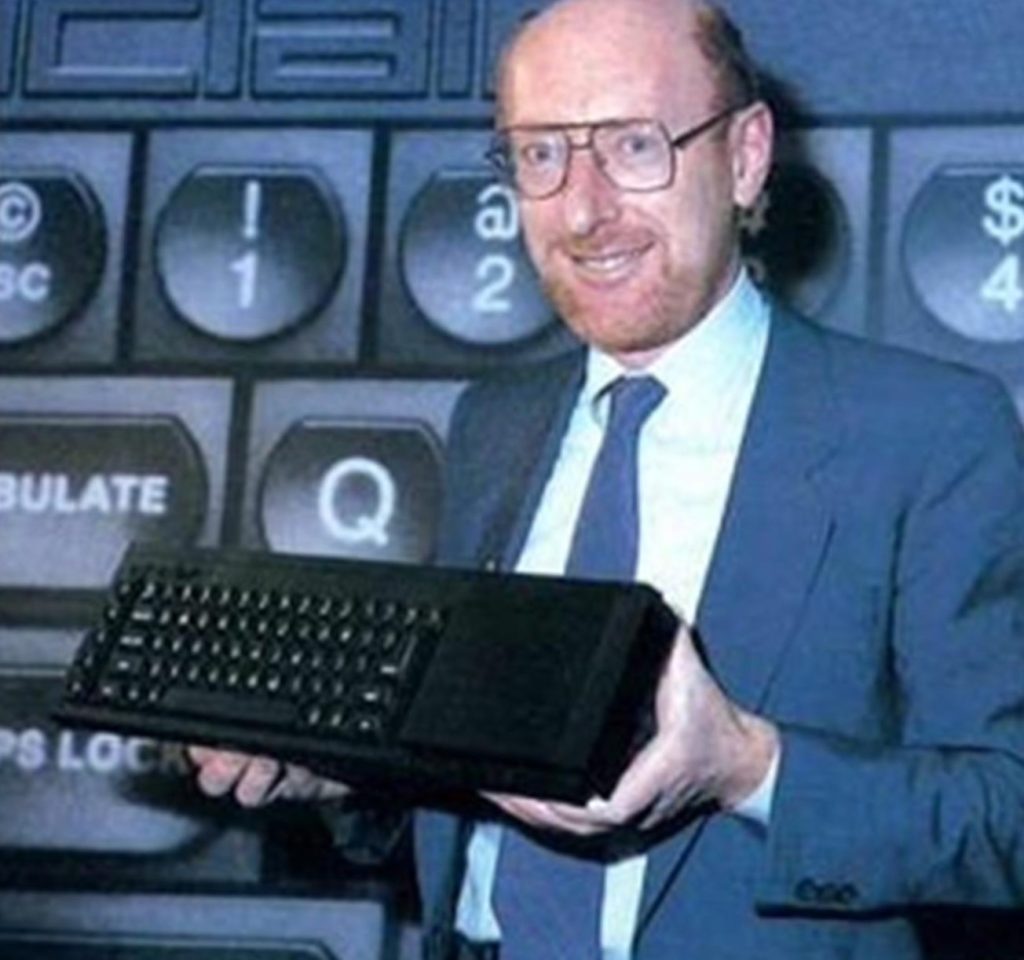
Much like the ZX Spectrum the Sinclair QL was a machine largely unknown to me growing up in Canada, then moving to the Miami area as a teenager. While the ZX 80/81 were pioneers in low end home computers barely able to do anything the ZX Spectrum with it’s 80kb of RAM (48k usable, as half the 64kb was defective), the QL announced in the start of 1984 was announced to the world as a very serious business machine. No gaming around to be found here!
While the IBM PC had been released in 1981 with it’s 16bit Intel 8088 processor utilizing a much slower & cheaper 8bit bus, the QL went one step further utilizing the Motorola 68008, a hybrid 16bit processor with 32bit registers, also using an external 8bit bus. However, being always on the cheap sifde, the QL only offered a single expansion slot, unlike the IBM PC. Also it eschewed floppy disks in favour of it’s endless loop ‘micro drive’ cassettes. Every corner that could be cut was, and sadly the resulted in a machine that just wasn’t ready as one has to wonder if the word of the Macintosh launch the following week was out, and Clive knew that it was either announce it now, or be a meetoo going forward. For better or worse he launched.
On paper it sounds fantastic, 128kb of ram, 32bit capable processor, and 2 drives all for £399! The IBM PC was an eye watering £3,325 by comparison, while the similarly spec’d Macintosh was £2,698! Indeed the QL stood for Quantum Leap, as the jump from 8bit to 32bit home computing was going to be phenomenal.
But how could it all go so wrong? Within a year the price had been slashed to £199, and stores were said to be further marking them down to a mere £99 the year afterwards. How could a seemingly on par machine fail so badly? The 128k Macintosh also was limited to a paultry 128kb on it’s motherboard, while the more expensive, and expandable IBM PC/XT maxed out at infamous 640kb, and it supported up to two floppy drives, and 2 hard disks although the IBM AT would be announced later that year, and it could go well beyond 640Kb, but the lack of protected mode operating systems & software would hinder the platform for quite some time.
If the trades are to be believed it was a combination of announcing too early, and failing to deliver burnt people on the QL. Additionally the ZX Spectrum had been busy wining apps at the time (games), but Sinclair wanted so much to be a serious company, not the man who brought you jet-set “fucking” willy. Sound and video capabilities of the QL were no match for the Spectrum, just weren’t there, and also missing was the incredibly cheap European storage of choice the audio casette. Many people were also dismayed that the operating system was much larger than expected and it needed to occupy both internal ROM sockets, and the cartridge port. And of course, the microdrives themselves were seen as easy to corrupt, stretch and tear. Not the kind of thing someone in business wants to hear. The ironic thing about the QL was that in my opinion it was too cheap. The PC/XT offered plenty of expansion at the base price (albeit a high one), and Apple also quickly added a much more realistic 512kb model Macintosh. The QL never got a ‘big brother’, basically condemning it at launch as nothing more but a toy. Which is a shame.
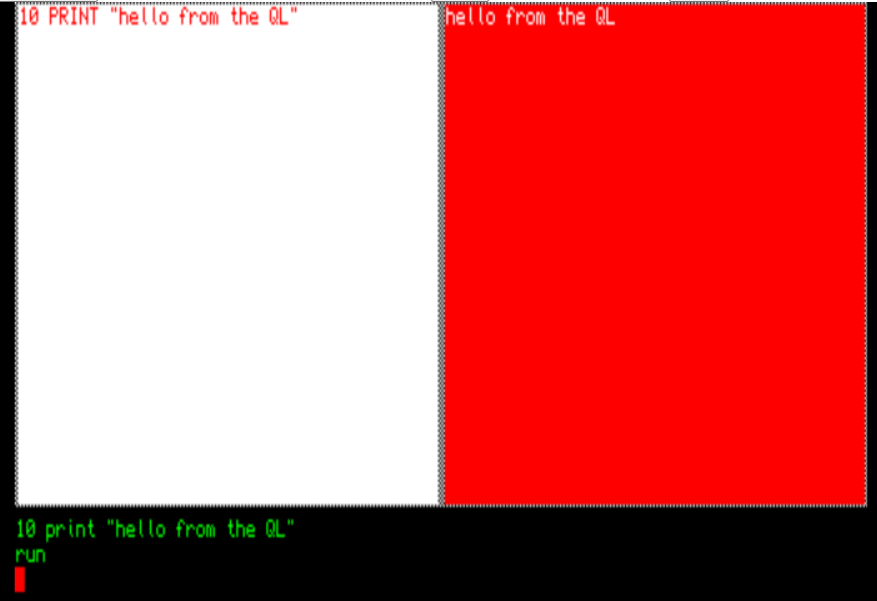
The operating system, burnt into ROM feels kind of 8bit as it has a basic interpreter built in, and it’ll open several hard coded windows in which you are expected to interact with. However, it feels more like a minicomputer with input on the bottom, running lists on the left, and output on the right. Indeed, it can feel outright baffling. And certainly nothing like an 8bit machine, or like the later home 32bit machines like the Amiga, or Mac. Even the TOS based Atari ST felt more ready for the world with its GEM burned into ROM.
Building my dream system
Despite all of these downsides, I was still intrigued by the machine, and I have to admit I really love the look of it. When I’d first read Neuromancer around the time of the video game, and this is what I’d imagined a cyberdeck to look like. While I was wasting my youth with an 8bit machine I wanted to experience this seemingly parallel universe where affordable 32bit micros were a thing.
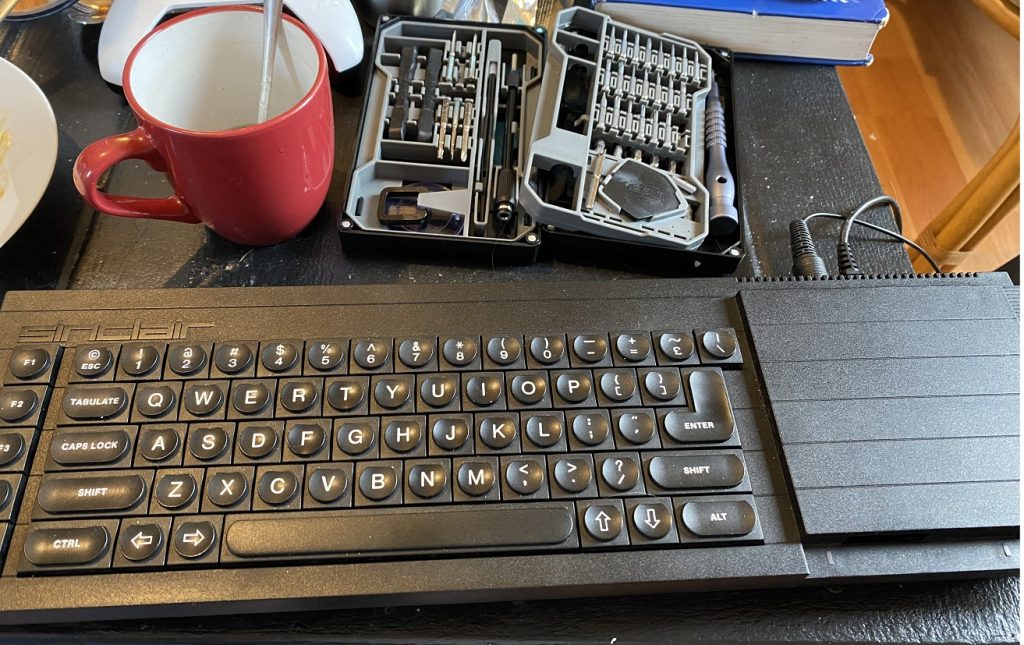
Since I’ve heard of the machine, I’ve been trying to get one. Surprisingly for such an unloved machine they are incredibly hard to find, and they do go for quite a bit of money. However, thanks to making contacts on the QL User’s forum, I had managed to get my hands on one, so I could start my journey. I sent it off to RudeDog Retros, luckily located across the bridge from where I’m staying and within a week. I was able to get back a working system. I also had managed to get a tetroid ram expansion/CF card addon as well for my QL bringing it up to 880kb of RAM, and an 8MB CF card, making the machine a top of the line experience. Although the card was given to me with known issues, for the most part it worked, except when it didn’t, and it was always the same, bad ram at the 128kb boundary. Which is a shame, having mass storage certainly gets around the microdrives, but 128kb of ram just isn’t enough when factoring in mass storage.
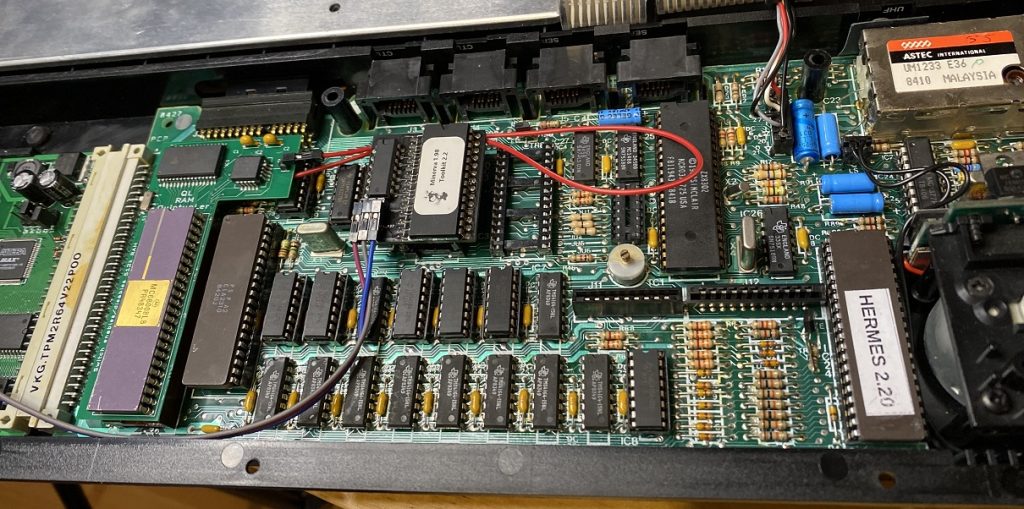
Much like other 68000 based machines, the Sinclair QL is no stranger to hardware modifications. I ordered a 512kb memory expansion unit (Sinclair QL 512KB Internal Memory Expansion from *der_englaender*) to fill in the 128k gap from the Tetroid card (plugged into the left). The red 68008 socket is a real pain to deal with, and it took an unreasonable amount of force to get the RAM expansion into the QL. No doubt nearly 40 year old sockets are just not that flexible. I had thought the board was in, but I was getting a buzzing black screen, it only took a bit of reassuring and swapping in another 68008 to verify the machine was fine, and more pressing to get it to seat into the socket.
You can also spot the Hermes 2.20 co-processor upgrade to support 19,200 baud serial operations, along with the Minerva OS upgrade, and you can see the numerous RAM chips that had to get replaced to make the unit functional. With an appropriately upgraded system it can begin to feel like a real machine.
Thanks to the folks over at The Sinclair QL Forum, I was able to complete the upgrade!
With enough luck my machine now has reliable memory, mass storage, and faster communications with the outside world. Everything you’d want in a modern computer! I now have a capable machine to do the one thing I always worry about when doing cross compiling, actual hardware verification.
SIxteen/Thirtytwo into EIght dreams…
The 68000 was used by Stanford University in it’s project based motherboards, that gave way to the 68010 based SUN-1/SUN-2 based machines, where other companys also used the 68000 line of processors in their Unix based machines. While the QL with it’s cost conscious 68008 was not going to run a ‘real unix’, it was however capable of running real programs. The big AT&T compilers (PCC!) can target the processor, just as other new and upcoming compilers, even GCC, although even 880kb of ram is probably not enough for running GCC natively. But going back to 1985 this leaves room for something more restricted to mini-computers, Hack.
While Hack had been ported to 16bit machines like the IBM-PC, or sixteen/32bit machines like the Amiga, I was surprised to find that it had not appeared on the QL. For someone like me that first meant getting a cross compiler in place to target the QL. Thankfully xXorAa had done a lot of the hard work in xtc68, qdos-libc, and Dilwyn Jones had saved the GCC patches by Richard Zidlicky, Jonathan Hudson, Thierry Godefroy and Dave Walker. With a working cross compiler, time to get hacking!
From the mini-computer to the 32bit home micro-computer
Doing my thing I put together a simple cross compiler so that I could begin work. With enough RAM, the QL is in the surprising league of many a minicomputer of the early 1980’s. It’s incredible to think of what a missed opportunity this is. When I had decided to try to get Hack-1.03 up and running, I went for the Unix version, bypassing the probably more apt PC port, as despite Hack-1.03 being free enough to be still part of OpenBSD, PC Hack however has a more restrictive license. I know it’s weird.
Using a VT library that gives the QL, something akin to ANSI.SYS functionality and another library to set environment variables (yes QDOS doesn’t have either…) a simple basic program to setup the screen type and point Hack where to find it’s files, and we are suddenly off to the races. I didn’t have to restrict or cut anything down, it’s running the same code that effectively would run on a VAX-11/780 mini-computer, or a SUN-2 workstation. It’s crazy how this machine didn’t fill the home 32bit gap that took Microsoft/Intel quite a few years to fill.
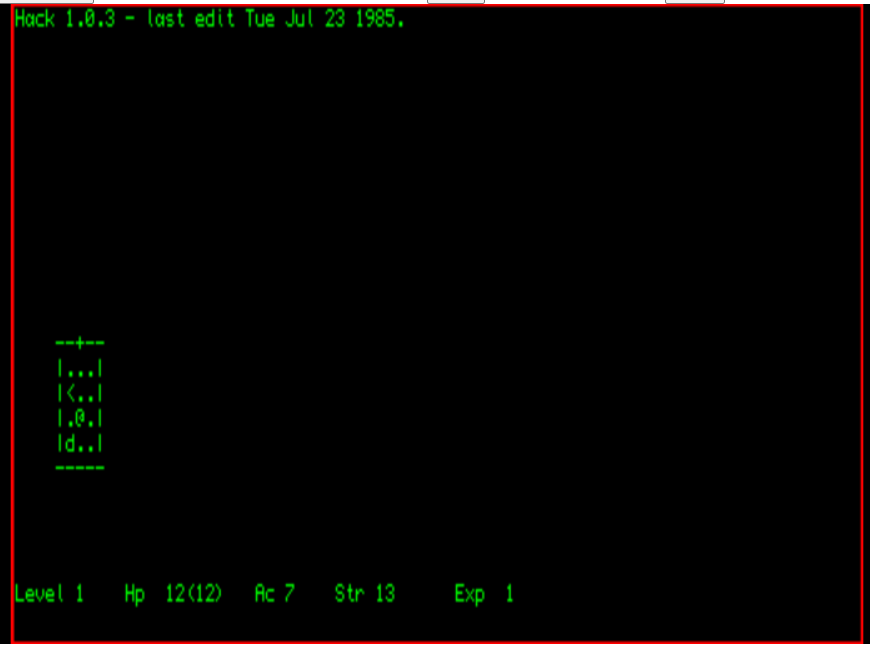
For those into the javascript, you can download a disk image: hack.win here, and test drive it on ppe/xXorAa‘s emulator here sQLux – MIN198.rom, 4096K (qlforum.co.uk)
Another great program, COM, the 8080 CP/M emulator can also happily run on the QL, again with libvt, emulating a vt52 it opens up an entire ecosystem of software, much like it did on the Commodore-128. If it had been available perhaps it would have greatly helped out things for the platform as it languished.
While the QL was marred with it’s too early announcement/pre-orders, and terrible primary storage medium, and far too restrictive motherboard design, there was great potential in that tiny little machine. I’d like to have thought if I’d known about the QL, I’d have bought one, even though the 128kb is super restrictive, thanks to it’s processor it really was an incredible machine for 1984.
In the days of cheap arm machines, and who knows what the downstream effects of those will be, it feels like there was a much earlier missed window with the Sinclair QL.

